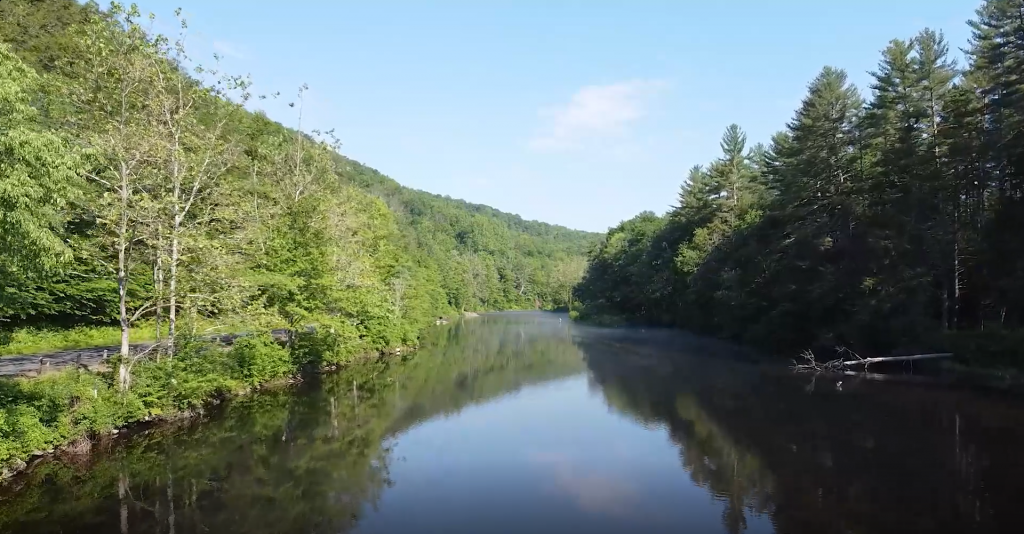
Washington, D.C. – The Farmington River faces a significant threat from the harmful and outdated Rainbow Dam. Today, American Rivers announces the inclusion of the Farmington River in its annual list of America’s Most Endangered Rivers®.
“The Farmington River supports diverse fish and wildlife, is a vital source of clean drinking water for the region, and provides boating and other recreation opportunities, but this dam is an ongoing threat. This is an important moment for the river and an opportunity for Commissioner Dykes to continue her leadership in river restoration and environmental stewardship. We need Stanley Black & Decker to fix the problems it has created,” said Katie Schmidt with American Rivers
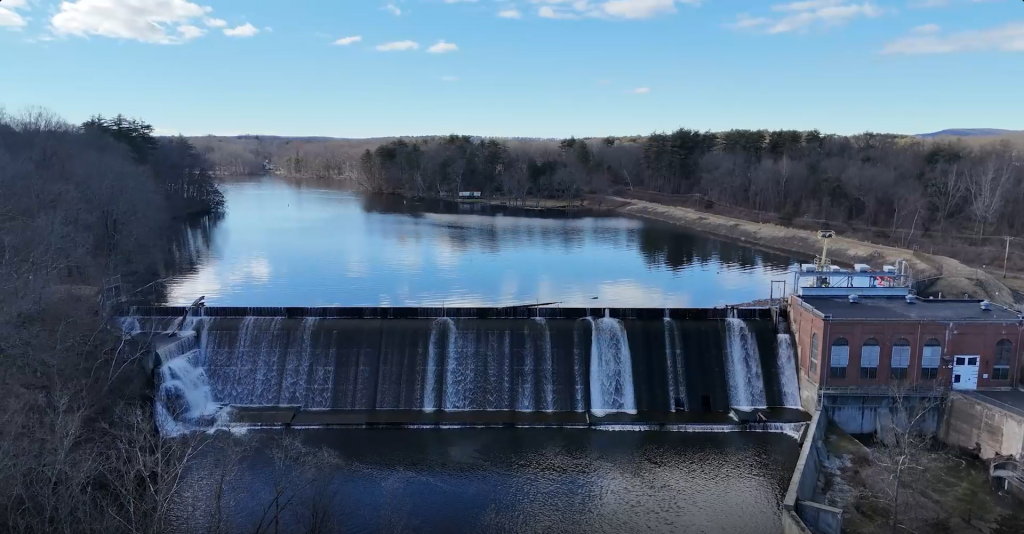
Eight miles upstream from where the Farmington River joins the Connecticut River is the Rainbow Dam, owned by Stanley Black & Decker. This small, poorly maintained hydropower dam has been in operation since the early 20th century, but due to a quirk of law, it has no federal oversight which has allowed it to damage the river for decades.
“While hydropower contributes to our energy needs, this small and poorly maintained and unreliable dam is not necessary to New England’s energy needs. The insignificant energy it generates causes really big environmental problems,” noted Katie Schmidt.
The dam creates conditions in the upstream reservoir that repeatedly cause toxic algae blooms that can be a health hazard to people, and lethal to pets and wildlife and degrades the water quality.
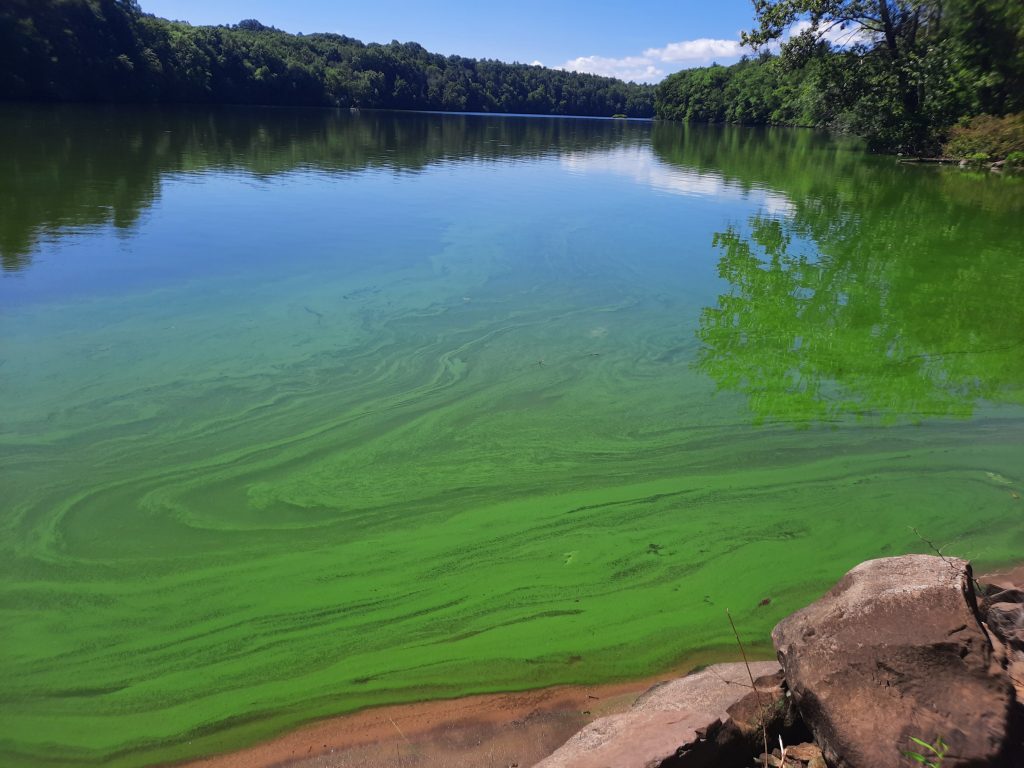
In addition, the lack of federal oversight and limited state jurisdiction has allowed this small and poorly maintained hydropower project, whose inadequate and outdated fishway often led to fish mortality before it was shut down in 2023, to effectively render more than 95% of the watershed’s habitat inaccessible to river herring, shad, eel, and sea lamprey.
“The time is now to act for the Farmington River,” urged Aimee Petras, Executive Director of Farmington River Watershed Association. “Stanley Black and Decker has ignored Connecticut’s environmental laws and held the Farmington River hostage. The company has had well over a century of largely unrestricted use of the Farmington River’s resources–it is time for them to demonstrate respect for the river they benefited from and ensure future generations can enjoy it too. “
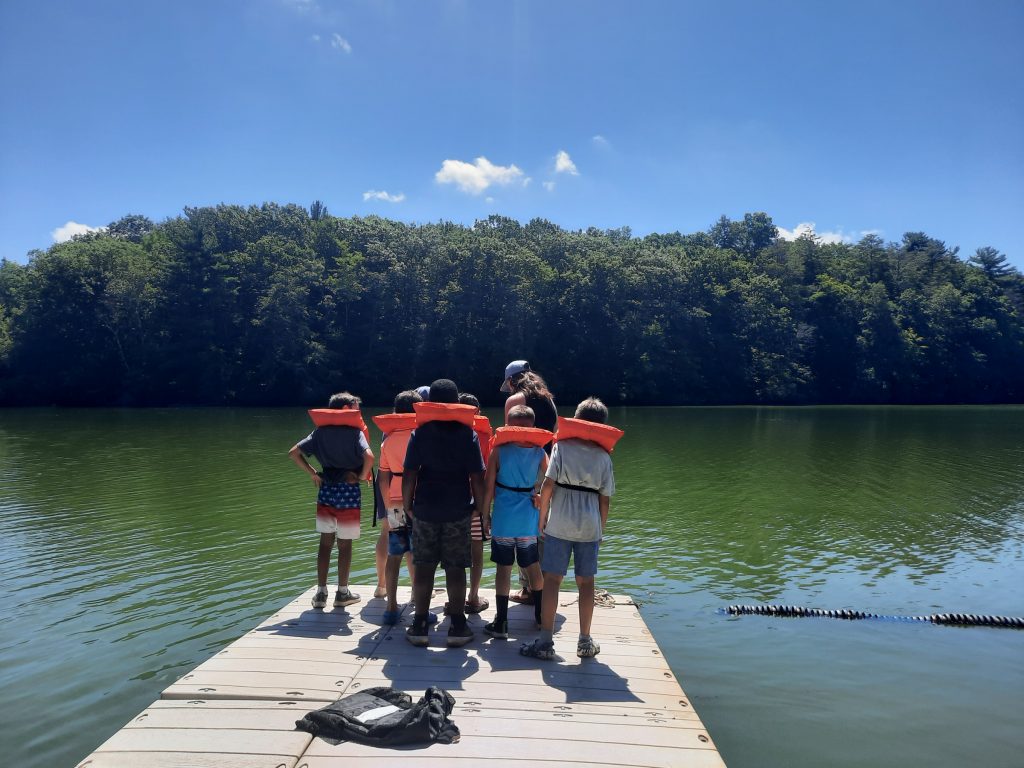
American Rivers and partners called on the Connecticut Department of Energy and Environmental Protection (CT DEEP) and Stanley Black & Decker, to fix these problems for the health of the river as well as public health and safety. The power company has an unprecedented opportunity to tap into federal infrastructure funding to fix Clean Water Act violations, eliminate toxic algae blooms, and allow migratory fish populations to flourish again.
“The Farmington River has tremendous potential and ecological value,” says Laura Wildman, vice president of ecological restoration at Save the Sound. “The Farmington River is a vital tributary of the Connecticut River, both of which are part of a network that contributes greatly to the health of Long Island Sound. Migratory fish, which travel through these rivers, play an important ecological role in our marine and freshwater ecosystems. That’s why we are advocating for improved fish passage, water quality, and flow releases at Rainbow Reservoir Dam.”
The Farmington River watershed covers over 600 square miles in Massachusetts and Connecticut. It holds two national Partnership Wild & Scenic River designations due to its remarkable values and is a major tributary to the Connecticut River which spans across four states. The Farmington and its tributaries support cold-water resident fish species and habitat for various important migratory fish species. The watershed is a public drinking water supply for hundreds of thousands of people in the Hartford region. The West Branch of the Farmington is a highly regarded trout fishery. The river provides stretches of whitewater, used by individuals including world-class paddlers and outfitters, further adding to its cultural value as a coveted recreation destination.
The annual America’s Most Endangered Rivers® report is a list of rivers at a crossroads, where key decisions in the coming months will determine the rivers’ fates. Over the years, the report has helped spur many successes including the removal of outdated dams, the protection of rivers with Wild and Scenic designations, and the prevention of harmful development and pollution.
Other rivers in the region listed as Most Endangered in past years include the Ipswich River (2021), Hudson River (2019) and the Susquehanna River (2016). Within Connecticut, a river hasn’t made the list since 2004, when the Housatonic River was at risk with pollution.
American Rivers reviews nominations for America’s Most Endangered Rivers® from local groups and individuals across the country, and selects rivers based on three criteria:
1) The river’s significance to people and wildlife
2) The magnitude of the threat to the river and communities, especially in light of climate
change and environmental injustice
3) A decision in the next 12 months that the public can influence
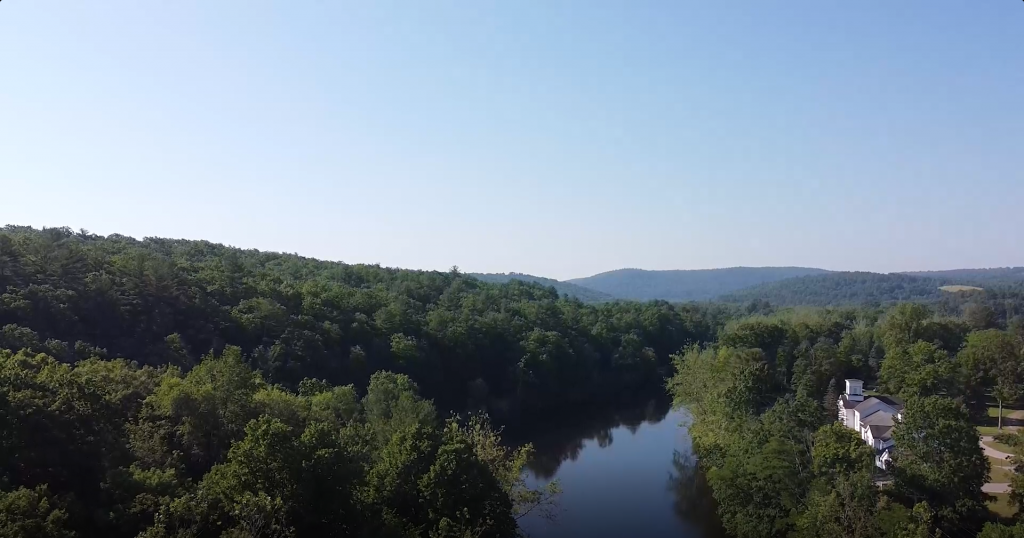
America’s Most Endangered Rivers® of 2024
#1: Rivers of New Mexico
Threat: Loss of federal clean water protections
#2: Big Sunflower and Yazoo Rivers (MS)
Threat: Yazoo Pumps project threatens wetlands
#3: Duck River (TN)
Threat: Excessive water use
#4: Santa Cruz River (AZ)
Threat: Water scarcity, climate change
#5 Little Pee Dee River (NC, SC)
Threat: Harmful development, highway construction
#6 Farmington River (CT, MA)
Threat: Hydro dam
#7: Trinity River (CA)
Threat: Outdated water management
#8: Kobuk River (AK)
Threat: Road construction, mining
#9 Tijuana River (CA, Mexico)
Threat: Pollution
#10: Blackwater River (WV, VA)
Threat: Highway development
About American Rivers
American Rivers is championing a national effort to protect and restore all rivers, from remote mountain streams to urban waterways. Healthy rivers provide people and nature with clean, abundant water and natural habitat. For 50 years, American Rivers staff, supporters, and partners have shared a common belief: Life Depends on Rivers. For more information, please visit AmericanRivers.org
